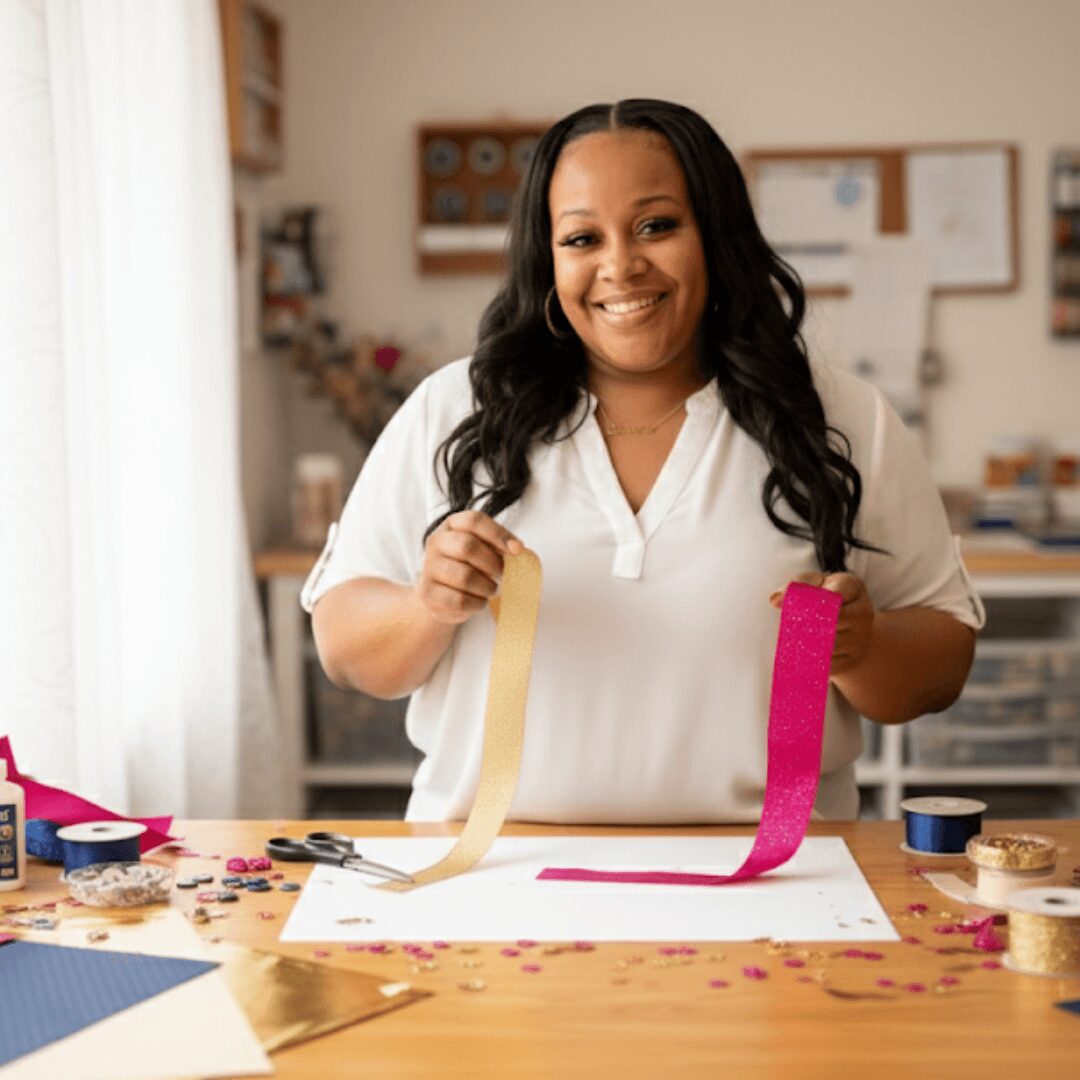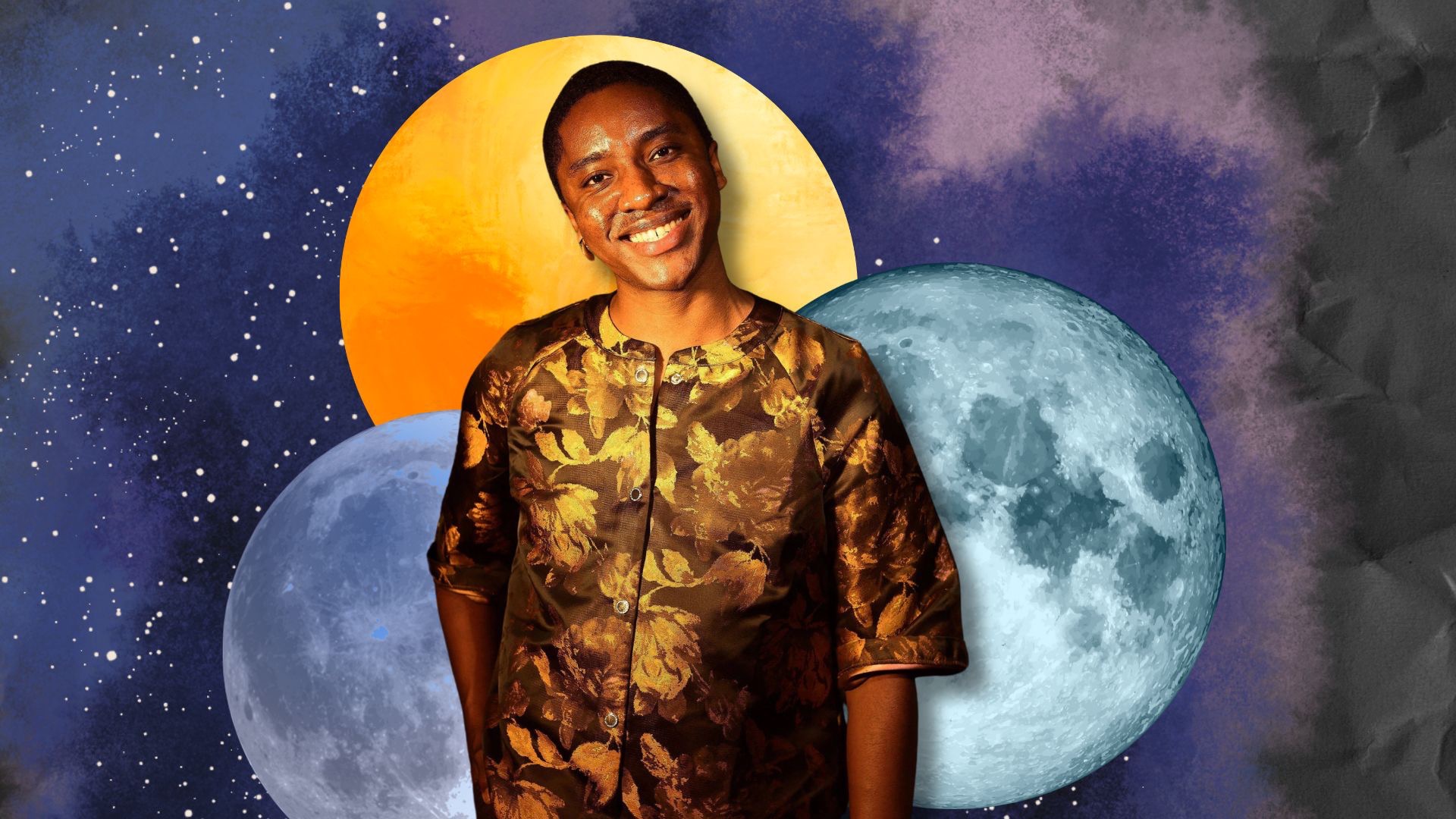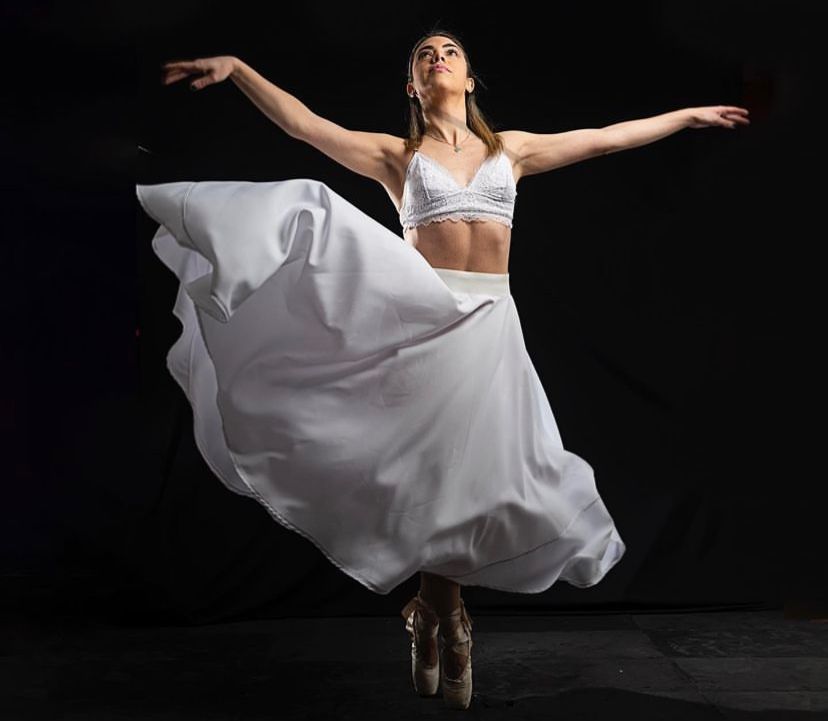We caught up with the brilliant and insightful Jenny Roesel Ustick a few weeks ago and have shared our conversation below.
Jenny Roesel , we’re so excited for our community to get to know you and learn from your journey and the wisdom you’ve acquired over time. Let’s kick things off with a discussion on self-confidence and self-esteem. How did you develop yours?
From a young age, I became quite accustomed to being in uncomfortable spaces. Whatever new or intimidating situation I found myself in, I had realized that I could rely on one constant—my super power of being an artist. I was definitely not one of the cool kids. I was awkward, had weird eyesight and wore glasses for it, had a funny smile and laugh, and was just generally silly and weird. This persisted through adolescence, when like so many of my peers, I struggled with body image, unusual family dynamics, and not always feeling worthy of attention.
To change my mindset of envying what others had and I lacked, I learned to focus on what made me stand out in a good way—my talent and abilities in music and visual arts. I recognized the sustaining value of these gifts.
I also took a hard look at my strengths and weaknesses, realizing that I didn’t posses the specific kind of discipline or problem solving necessary to pursue music, but that visual arts was what I was made for. I’m wired for deep curiosity, obsessive observation, critical thinking, reflecting, and pushing boundaries.
While studying illustration at the Art Academy of Cincinnati, I was diagnosed with leukemia. I had to drop out of school for the rest of the year to receive treatment. I quickly lost my hair, and my body went through some dramatic changes. For someone who had experienced some pretty severe body image issues in the past, this was an incredible lesson in letting go, in radical acceptance, and in finding humor in beauty in even the most dire and grotesque of circumstances. I even entered a bald beauty contest and won. I viewed that time as an opportunity to observe how others view and experience illness. And everything that happened was valuable. At one extreme there was ugliness, ignorance, fear, exclusion, lack of empathy, lack of maturity or emotional intelligence, or even lacking the vocabulary to address what was happening to oneself or to someone else experiencing illness. At the other end there was incredible love, grace, patience, humor, and generosity.
So at age 19, a time when my peers were experiencing a college life, and going through some typical growth and development processes, I was receiving an education in life and death, beauty and abjection, and many other extremes and complexities. I had an opportunity to become pretty wise about some things well beyond my years. I felt at once very humble, but also very powerful and bold, and I wanted to share it with others.
The lessons i’ve taken from these experiences have shaped me to be a person who knows my strength and capability in challenging situations. And in the biggest hurdles I’ve faced in my professional practice and teaching career, when I have remember to focus on my artistic ability and vision, fostered by good humor and adaptability, I have succeeded.
Appreciate the insights and wisdom. Before we dig deeper and ask you about the skills that matter and more, maybe you can tell our readers about yourself?
The same year I started graduate school is the same year I began my involvement with a public art nonprofit organization, ArtWorks. In simple terms, I was looking for a way to make art and get paid, as their tag line used to read. But I also became part of a growing and generous artist community, and it dovetailed nicely with my academic schedule. As I became an educator, I continued working with ArtWorks, eventually becoming Project Manager on their large-scale mural projects. So from the beginning of my academic career which began 20 years ago, I have been closely involved in the development and creation of public art projects, most of them murals. This means that my art practice is inextricably linked with community engagement, teaching, mentorship, and public policy. This has allowed me to develop a portfolio, skillset, and experience that are complemented by a commitment to consciousness of the impact that contributions to the visual landscape have on the people who live, work, and pass through the communities where these artworks are made.
After a decade of mural making with ArtWorks through summer-long apprentice-based projects, I began investing in my solo practice by seeking international artist residencies and private commissions. This also led to invitations to mural festivals across the U.S. And because of my foundation in community engagement and consideration of community impact, even my private commissions and mural festival works are rooted and informed by that early experience of learning about place, about history, and about the individual who have shaped and emerged from the communities where I am invited to work.
It is an honor to repeatedly be trusted to create work that lives in public, alters the visual landscape in lasting ways, and contributes to dialogue about the identity of the places where these works are made. Doing this work is a privilege. I recognize the impact that thoughtful, meaningful representation has on individuals and communities. I also strive to create works that, absent context, still provide visual joy, curiosity, and inspiration. So while I may create a visually vibrant or even jubilant mural, I do so with cognizance of the symbolism, identity, history, and narratives of a place, and am committed to making public artwork that is rooted in antisexism and antiracism. I seek to highlight individuals and cultures tied to the places where these artworks are made, who have contributed to the greater good, used their talent and privilege to elevate others, spoken truth to power, and worked to confront or dismantle systems of oppression. So, like many of my subjects, I try to use the visibility I have earned to highlight the accomplishments and contributions of others. It’s also important for me to use these projects as an opportunity to promote and grow the experience of other artists who participate in the realization of my work.
I’m not able to talk in great detail about upcoming projects until details are settled, but I can say that this year I will be painting murals that either tell the story of, or create works of art in honor of some of the most significant civil rights leaders in our nation’s history. I’ll also be making work that honors some local heroes, and involving my University of Cincinnati students in some of the developments of the biannual BLINK Cincinnati festival, a crown jewel of public art events here in my hometown.
Beyond that, I am still in the process of settling into my new studio, and look forward to launching a new body of studio works over the next year.
There is so much advice out there about all the different skills and qualities folks need to develop in order to succeed in today’s highly competitive environment and often it can feel overwhelming. So, if we had to break it down to just the three that matter most, which three skills or qualities would you focus on?
1. Get in the habit of saying yes, but know when to say no. Think like an improv actor – say yes, and. When opportunities come along, and you possess the capability and capacity to take them, do it. It’s too easy to decline an opportunity because it’s unfamiliar, or intimidating, or some other level of insecurity or apathy. Saying yes to things will open doors, and can earn you a positive reputation as being someone who is eager, reliable, enjoyable to work with, ambitious, and capable. However, it’s important to know when to say no. Not all opportunities that present themselves are advantageous to you. Focus on an upward trajectory. Knowing when to rest, reflect, and set boundaries is also important.
2. Be kind and generous in your work – it will matter for years into the future. This does not necessarily mean indiscriminately giving away your time or other resources. Neither does it mean being “too nice” or pliable. By this I mean to model kindness, compassion, and respect in your interactions with others you encounter in your work. Clients, stakeholders, community members, project partners, team members, volunteers, members of the public and passersby—be kind. Show gratitude and acknowledge when someone has made the experience positive for you. This kindness and generosity is absolutely reflected back and telescoped forward for days, weeks, months, and years into the future.
3. Know that you deserve to take up space. This is especially meant for people who have traditionally existed outside patriarchal power structures. For example, there are multiple spaces in which I spend a lot of time—academic circles, street art, and more—that are still male dominated, though major strides have been made. As a girl, I was conditioned by society to be small, to be less, and to be sweet and agreeable at all costs. I felt pressured to give myself over to the service of others. In the time you have left on this earth, you deserve to experience joy and satisfaction, and to do what you want as long as it doesn’t harm others. You deserve the opportunity to exist in the spaces you want to be, and to do good work that makes you happy. And it is absolutely possible to be kind and generous, while also taking time and space for yourself. It is possible to serve others while maintaining boundaries and autonomy for yourself. It is possible to lead in spaces where others are more than happy to discount or undermine you, or operate on an outdated set of assumptions about who belongs in what spaces. Prove them wrong, but reserve your energy for yourself and your loved ones. You are worth the investment in yourself.
Do you think it’s better to go all in on our strengths or to try to be more well-rounded by investing effort on improving areas you aren’t as strong in?
I am a strong believer in a well rounded experience. I think that focusing on your strengths will continue naturally, and you will find a way to advance that cause no matter what. It’s been essential to my success to gain new skills, whether it’s learning how to use a new piece of heavy equipment, software program, being informed about what others in my field or adjacent fields are doing, or about history or current events. If you operate within the safety of your limitations, your work will never grow. By learning new tools and skills, your ideas and ways of seeing the world flourish. In a very straightforward example, once I began using Procreate on my iPad, my entire practice transformed. Though I’ve been using Photoshop for 30 years, and the two programs have similar capabilities, Procreate + iPad allowed me to iterate and design in ways that were not possible or clear before. I think in layers in ways I never had before. It has been 100% worth the time and investment to add this to my practice.
Few things force you to learn, grow, and become more intelligent and experienced than being a fish out of water. But choose your own adventure wisely. Time is finite, and so it’s not wise to fling yourself all over the place aimlessly. If you pay attention to the lessons of your experiences, there are often nuggets of guidance that emerge.
When I graduated from college, I entertained the idea of going to graduate school, but didn’t imagine I’d do so for a decade. I had a wonderful experience of working in an art store and frame shop for a year, and made friends I still hold dear today. After a year, I was recruited to sell cars, which seems like a strange pivot. I made an agreement with myself that if I didn’t love it after a year, I would move on, and find something art related to do. I did indeed leave after a year, because the environment wasn’t satisfying to me. But I did manage to sell some cars, and became very comfortable handling large sums of money—a skill I value having learned at a young age.
After that I found work making drawings for a product designer. I enjoyed the drawing aspect of the job, but I did not enjoy the constraints or the working environment, and the whole business model was a challenge to my values. It was in that job that I rededicated myself to making my own work and to sharing it with others. Two years (not ten) after graduating college, I applied to graduate school and was accepted immediately. I did my first ArtWorks project the following summer, and began grad school that fall. The rest is history.
Contact Info:
- Website: https://www.jennyroeselustick.com/
- Instagram: https://www.instagram.com/j_r_ustick/
- Facebook: https://m.facebook.com/roesel.ustick
- Linkedin: https://www.linkedin.com/in/jenny-roesel-ustick-0072302b/
- Twitter: https://twitter.com/jroeselustick
- Youtube: https://www.youtube.com/channel/UCDbB8nw1_87jwv3ukkCPF2Q








Image Credits
Photos by Nathan Burton for Taos News, Richard Ralya for Graniti Murales, Annette Navarro for The AGAR/BLINK/Secret Walls; all other photos provided by Jenny Roesel Ustick.




